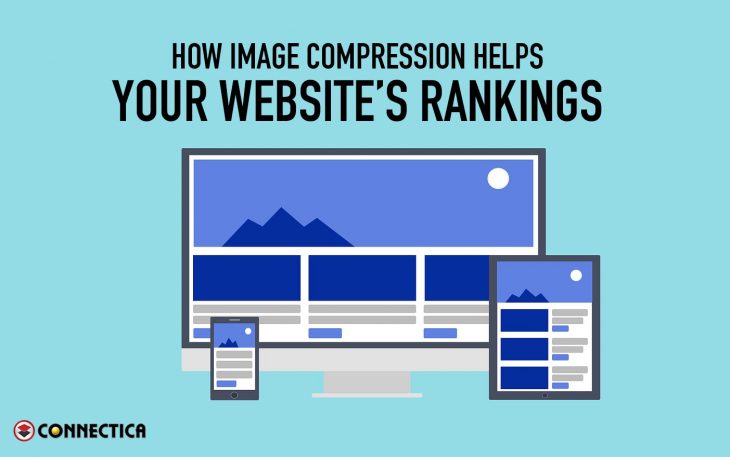MENUMENU
- Free SEO Report
- Services
- About
- Tech Talk
- Service Areas
- Contact Us
- 877-816-2259

Image compression can be a real game changer in helping your website’s rankings. April 2010 marked the date where Google revealed that site speed had become a high-ranking factor in their algorithm. This resulted in image compression reigning as an easy way to gain website speed. However, speed is still a small detail in comparison to relevance and authority.
Image compression and compressed website speeds should serve relevance and authority. Not trim that content away or demean a brand to free up space. Pages of high relevance and authority continue to be in the gaze of Google’s algorithm. Ultimately, Google and other search engines want to show users quick, relevant, and trustworthy websites.
Site owners should all be performing image compression on their site’s pictures, before they are placed online. This alone sheds a considerable amount of weight. Enough to ensure that the website’s relevance and authority remains in-tact and un-harmed. The two remain in place because of lossy and lossless image compression techniques.
Lossless refers to a means of compressing images with no visible changes. This way of compression works best with a .png image. Lossy technique refers to compressed images where changes can be seen. Though you would have to zoom into the picture profusely to notice the differences. This means of compression works best with a .jpeg image. Either way, your page will not look considerably different. In its entirety though, it will be lighter in file size.

Images left uncompressed and un-optimized before being used are likely to cause strain on a website’s loading speed. A single webpage should not exceed 1mb. Though currently it is not uncommon for a page to reach a size above 15mb. This is unnecessary, and most commonly due to image weight. Putting lossy or lossless image techniques in place will decrease your site’s loading time by at least 10%. That is if all images are compressed. Your loading speeds are, however, likely to improve beyond that.
Pertaining to loading speeds, we can focus on a certain point of our website’s stats. Referring specifically to a document complete time against a document fully rendered time. Image compression helps to lower the document’s fully rendered time. The ideal would be to get the fully rendered time beneath the document complete time. Otherwise the document would load but it would still take time for images to be displayed. Without using image compression and image optimization, getting near to that mark would be extremely tough. Highly improbable.
With website speeds that are faster, your users are inclined to stay on your website for longer. Both the user and the owner will be benefiting from these site speed deductions. You will find that as an owner your websites operating costs will decrease, and generated income will increase. Image compression is one of the most effective ways to reduce the speed of your website. Speed became a ranking factor in Googles algorithm in 2010 and has grown since. The speed of mobile sites is a strong contender as well. In summary:
Your company as well as you will benefit from all that is now taking place. It all started to churn more with image compression. Best part is that while it brings you more in cash flow, it does not need to cost much to perform. It could quite easily be self-done at no cost.
Stay up to date on industry news and receive promotions & special offers.
Don't worry we hate spam as much as you do.
Search Official Google Partner List
Connectica LLC
8499 West Commercial Blvd
Tamarac,
FL 33351
Toll Free: 1-877-816-2259
Local: 954-282-1698